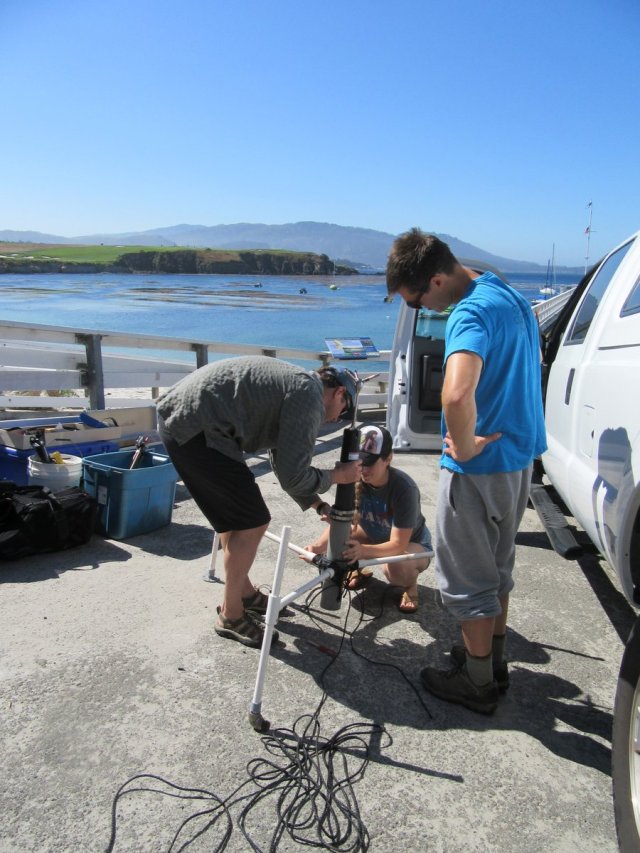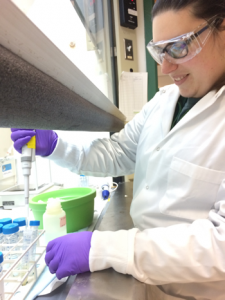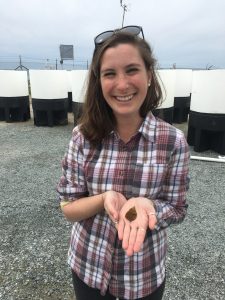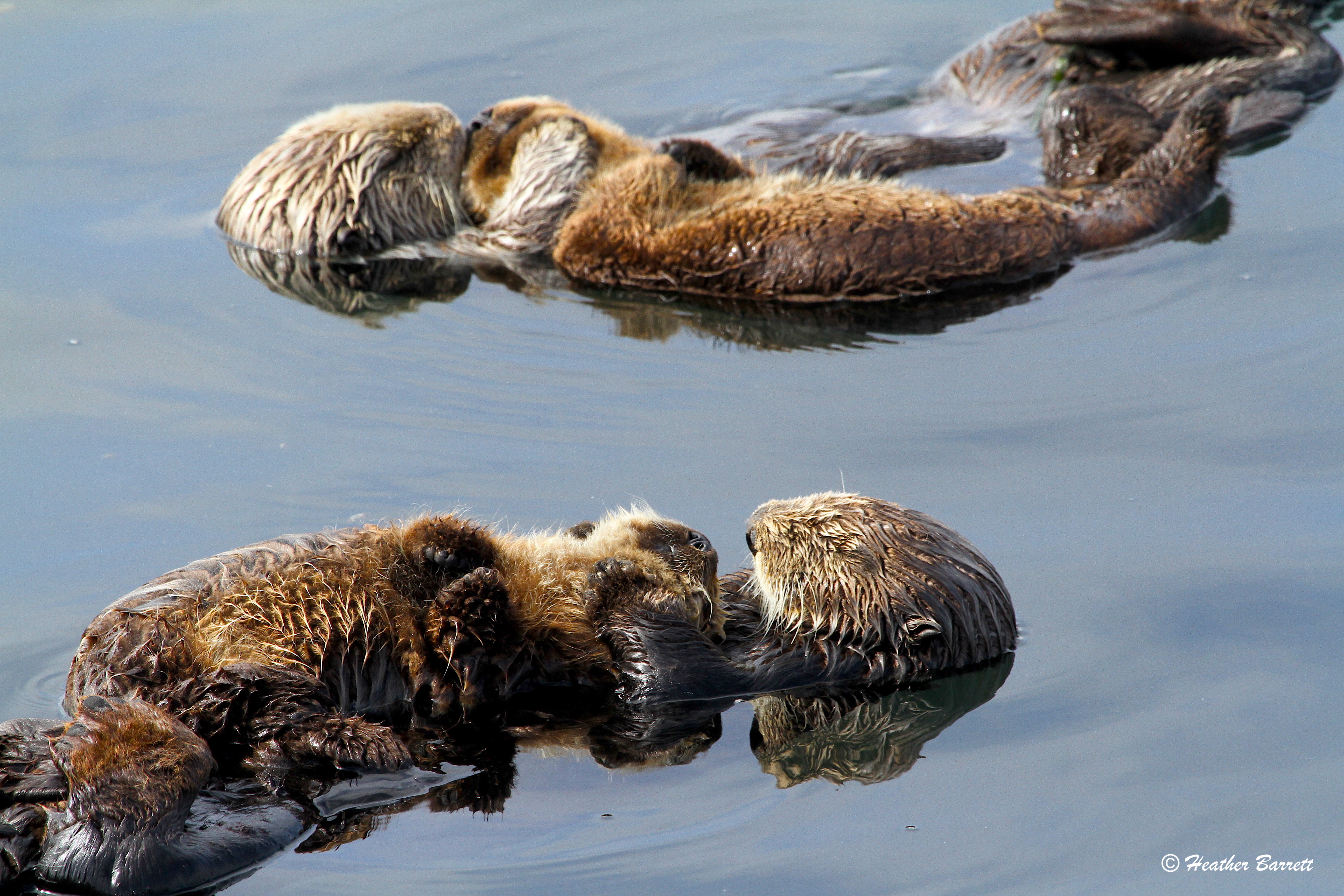Drivers of Sub-Seasonal to Interannual Shoreline Change at Sunset State Beach in Monterey Bay, CA
A Thesis Defense by Miya Pavlock-McAuliffe
Monday, January 27th, 2020 at 4pm
MLML Seminar Room

Thesis Abstract:
This study investigates the interrelationships between the shoreline, sandbar, and wave characteristics using twenty months of half-hourly video observations and five years of biannual survey observations. The relationship between sandbar and shoreline position was investigated to evaluate whether the sandbar buffers the shoreline from incoming wave energy. The shoreline varied by approximately 60 meters while the sandbar varied by approximately 100 meters in the cross-shore direction. The 95th percentile of nearshore significant wave height (1.7m) was required to significantly erode the shoreline at the onset of winter. The investigation of sandbar buffering was inconclusive but suggests that sandbar position plays a greater role in shoreline recovery than in shoreline erosion. Next, shoreline change models were used to test the influence of cross- and alongshore sediment transport on storm-scale to interannual shoreline evolution. An equilibrium shoreline change model was used to simulate shoreline change due to cross-shore sediment transport (RMSE = 6.4m). According to the equilibrium model, the accretion timescale at Sunset State Beach was nearly four times longer than the erosion timescale. Model performance was not significantly improved by the inclusion of shoreline change due to alongshore sediment transport but was likely degraded by temporally variable sediment supply, inferred from annual fluctuations of sandbar and shoreline position. Enhanced shoreline erosion corresponded with greater average winter wave heights and when wave energy approached from more shore-normal directions. Shore-normal wave approach did not necessarily correspond with El Niño periods, but did act to enhance alongshore wave energy gradients due to the irregular bathymetry of the Monterey Submarine Canyon. The results of this study emphasize the need for accurate projections of changing wave direction in addition to wave energy to accurately predict coastal change.































